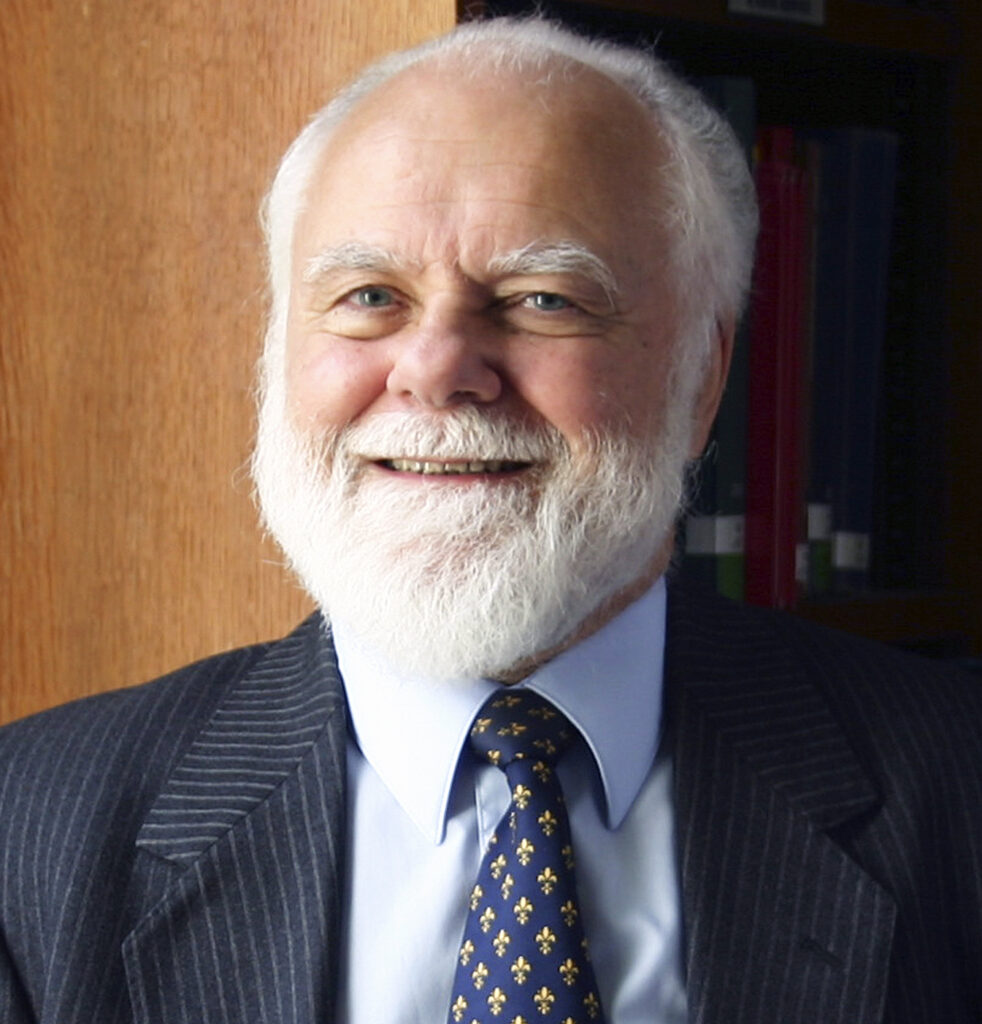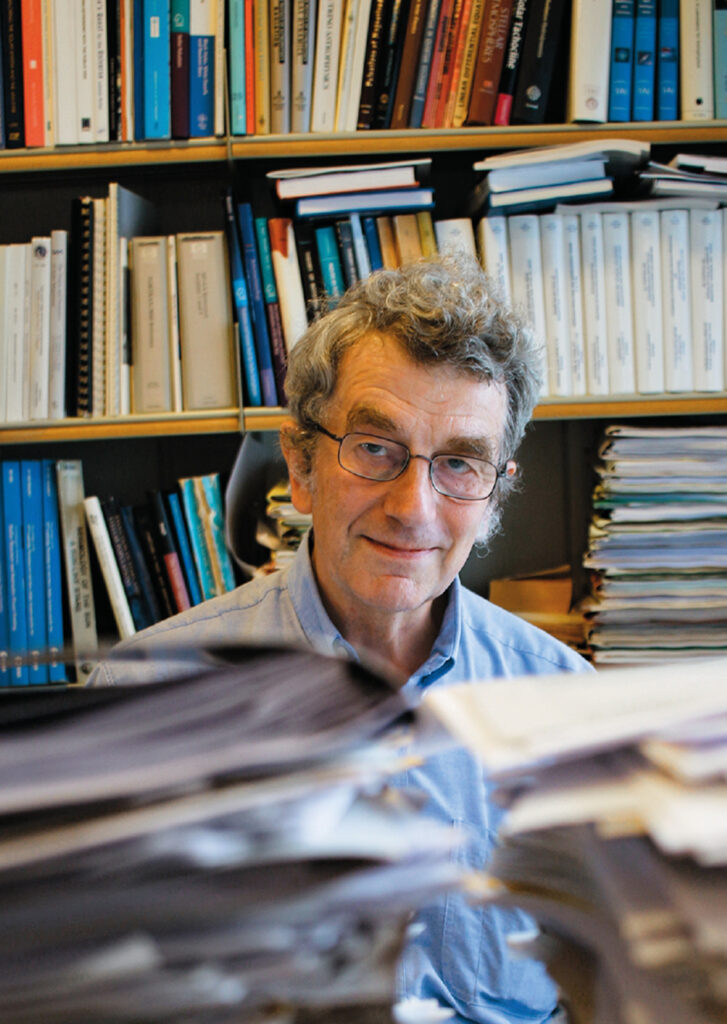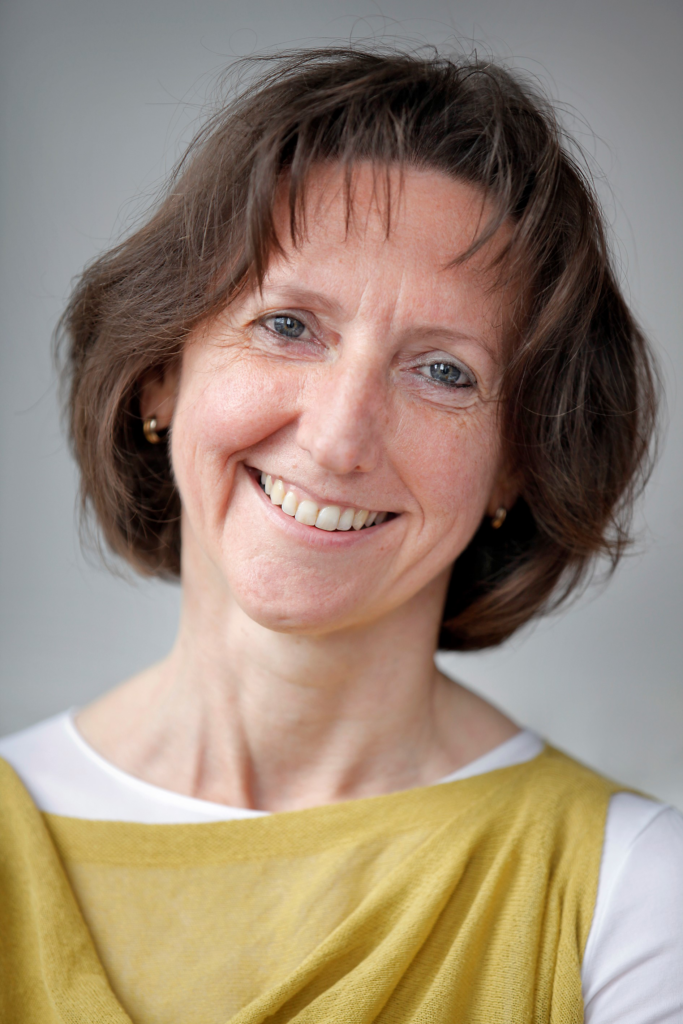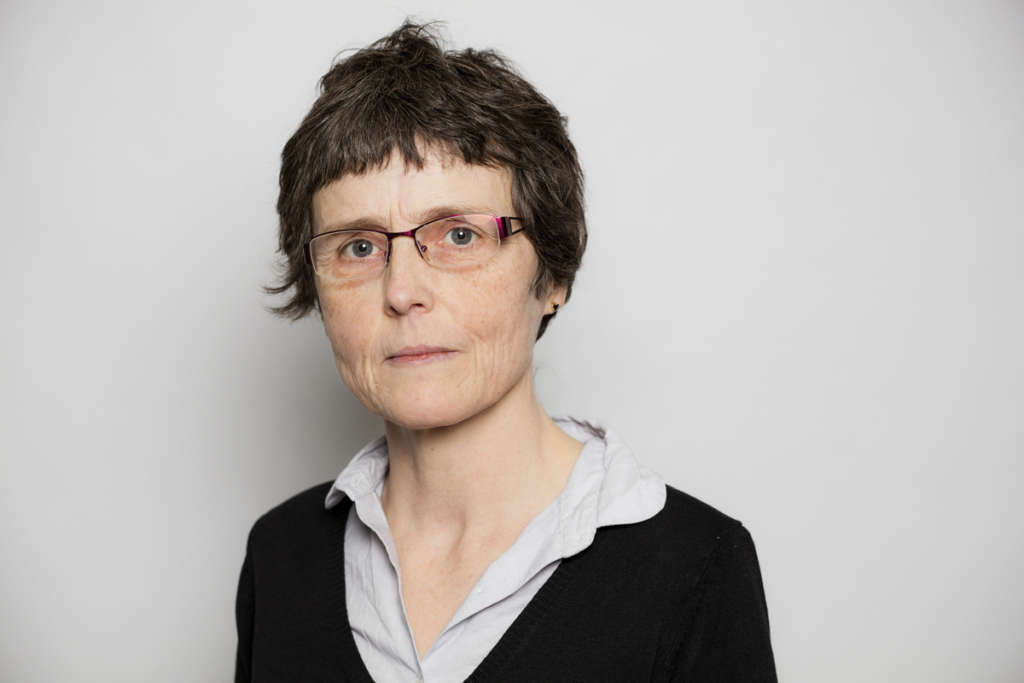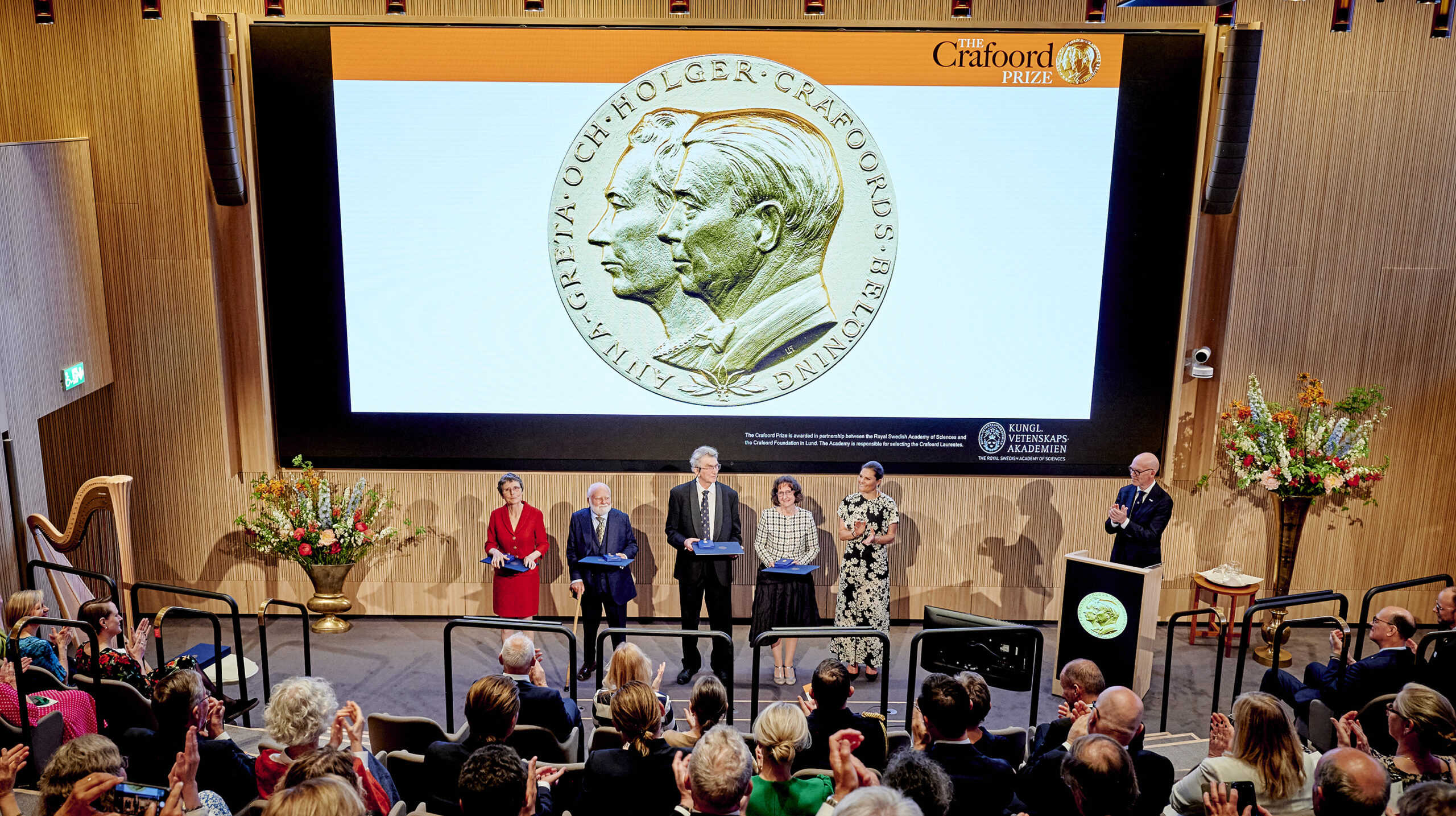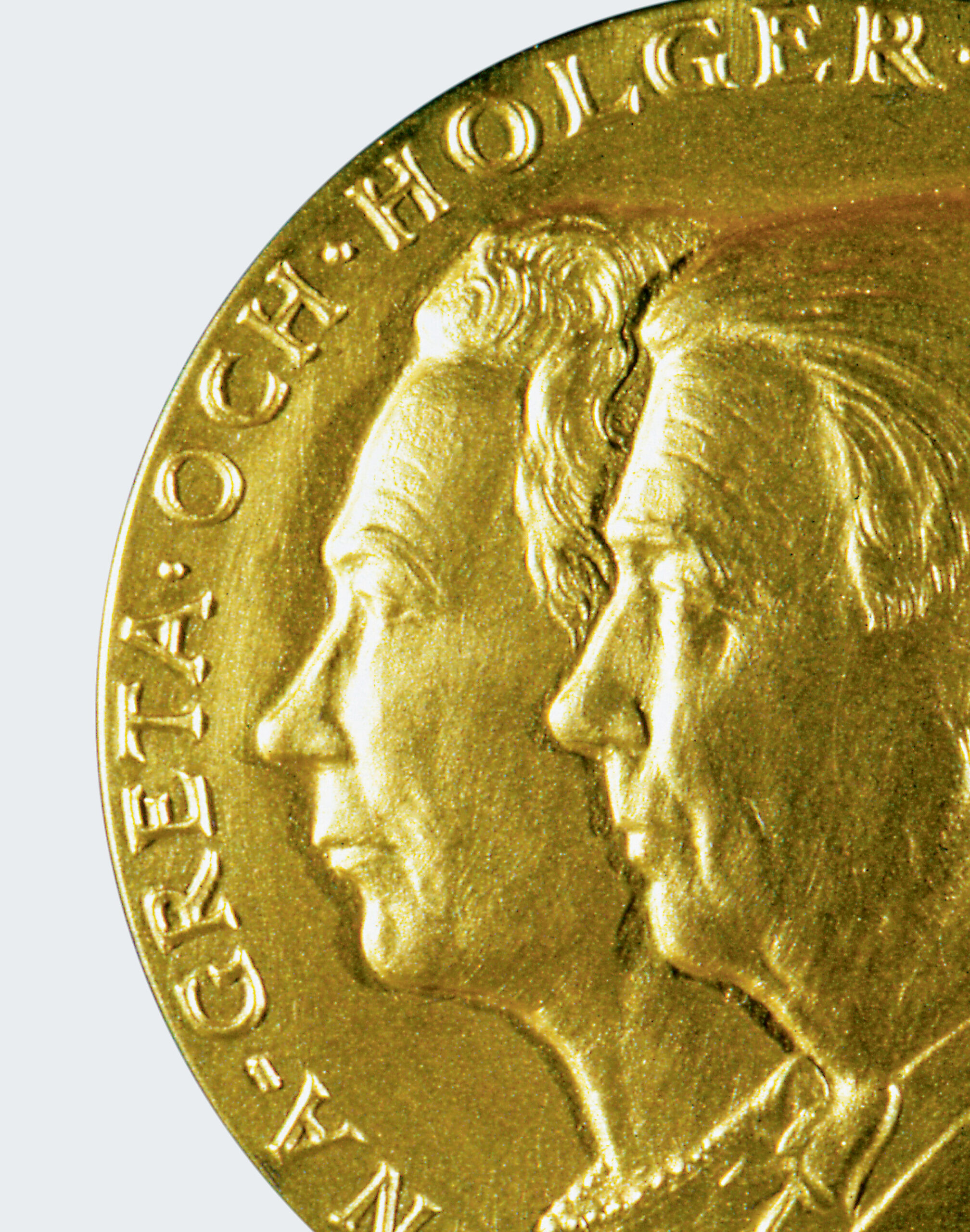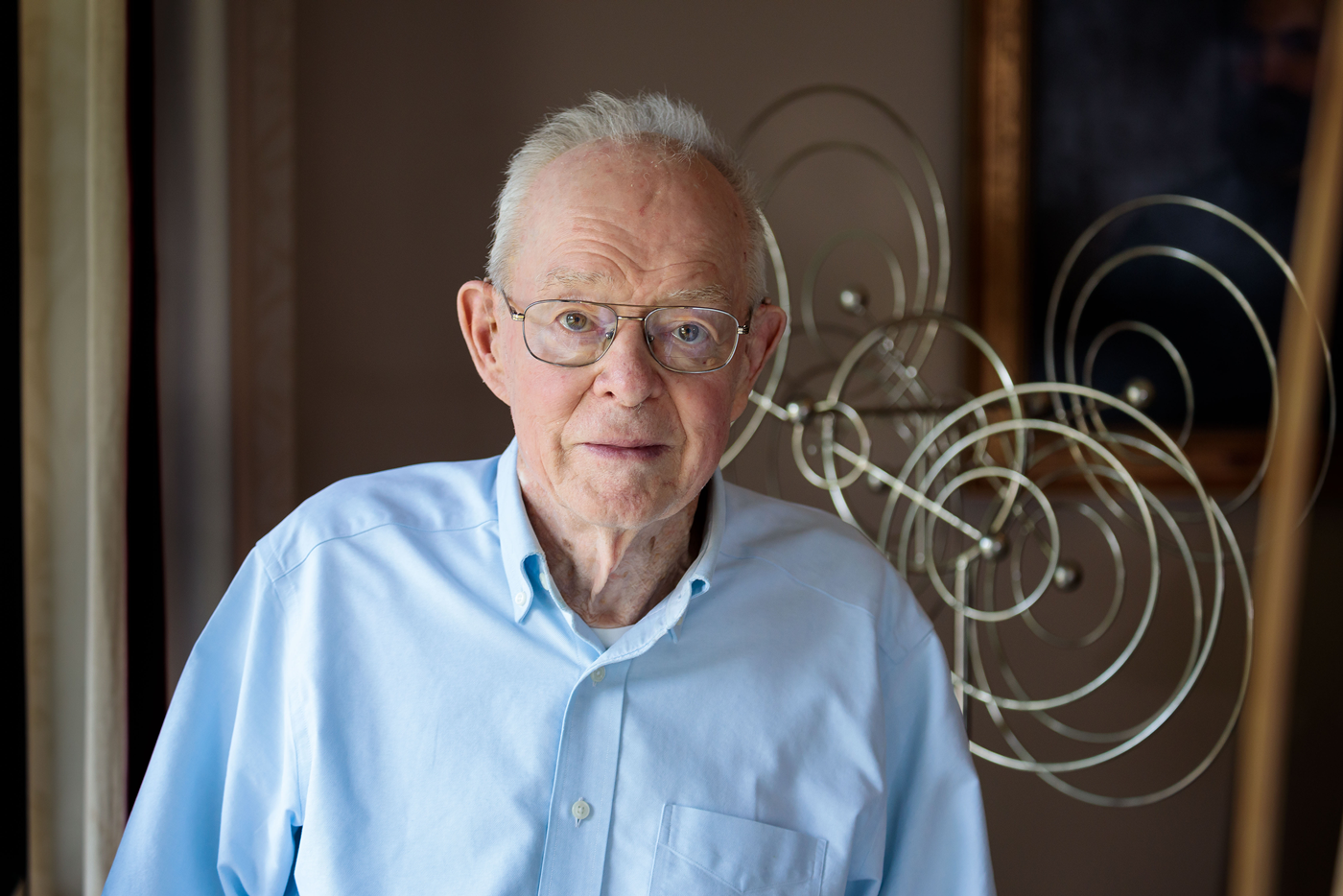This year’s Crafoord Laureates in astronomy and mathematics have brought us new knowledge about phenomena that cannot be perceived by the human eye. Douglas Gough, Jørgen Christensen-Dalsgaard and Conny Aerts have developed methods that reveal the secrets inside the Sun and stars. Claire Voisin has specialised in algebraic geometry that can be used to describe shapes which are impossible to visualise.
Press photos
The Crafoord Prize in Astronomy
The Crafoord Prize in Astronomy 2024 is awarded to Douglas Gough, University of Cambridge, UK, Jørgen Christensen-Dalsgaard, Aarhus University, Denmark, and Conny Aerts, KU Leuven, Belgium
Seismologists learn about the interior of the Earth by studying how it shakes during earthquakes. The three laureates have discovered that similar methods can also be used in astronomy. The interior of the Sun and stars can be investigated by studying movements on their surfaces, caused by internal oscillations that are similar to soundwaves. This is called asteroseismology.
When Douglas Gough started his theoretical work, he focused on the Sun and soon had the assistance of his doctoral student, Jørgen Christensen-Dalsgaard. He and hundreds of other researchers established a network called the GONG telescopes. This resulted in entirely new discoveries, such as how the interior of the Sun rotates differently to its outer layer.
Conny Aerts used the same method to learn more about distant stars. Thanks to this new technology, researchers are now able to measure the radius of stars and the composition of their interiors and to give them a more precise age.
“Twinkle, twinkle, little star, / how I wonder WHAT you are!” is the text of a well-known nursery rhyme. Small changes that we perceive in a star’s brightness are also due to the oscillations in its interior.
“By establishing an entirely new field of research, which studies the way that stars ‘twinkle’, the laureates have given us the ability to answer the nursery rhyme’s question. We can learn more about the stars’ structure and rotation, as well as about the history of the Milky Way,” says Bengt Gustafsson, Professor Emeritus of Theoretical Astrophysics at Uppsala University, and a member of the prize committee.
FACTS about the laureates
Douglas Gough is Professor Emeritus of Theoretical Astrophysics in the University of Cambridge, UK. He was born on 8 February 1941 in Stourport, Worcestershire, UK, and received his PhD in 1966 from the University of Cambridge.
Douglas Gough, University of Cambridge
Jørgen Christensen-Dalsgaard is Professor Emeritus in Astrophysics at Aarhus University, Denmark. He was born on 6 October 1950 in Kolding, Denmark, and received his PhD in 1978 from the University of Cambridge, UK.
Jørgen Christensen-Dalsgaard, Aarhus Universitet
Conny Aerts is Professor of Astrophysics at KU Leuven, Belgium, and Professor of Asteroseismology at Radboud University Nijmegen, the Netherlands. She was born on 26 January 1966, in Brasschaat, Belgium, and received her PhD in 1993 from KU Leuven.
Contact expert
Bengt Gustafsson, Professor Emeritus of Theoretical Astrophysics, Uppsala University
bengt.gustafsson@physics.uu.se
+46 73 058 87 34
The Crafoord Prize in Mathematics
The Crafoord Prize in Mathematics 2024 is awarded to Claire Voisin, Institut de Mathématiques de Jussieu, France
Algebraic geometry deals with geometric shapes and structures that can be described as solutions to algebraic equations. Unlike the elementary geometry studied at school, these shapes are often impossible to visualise, and algebraic geometry has developed into one of modern mathematics most theoretically demanding areas.
Claire Voisin has provided important and highly acclaimed contributions in this field, through both counterexamples and strongly positive results for some of the most famous unsolved problems. One such example is the Kodaira problem, about which geometric shapes of higher dimensions that can be described by equations.
Throughout her career, she has also been the leading researcher on the Hodge conjecture, one of the seven Millennium Problems. Recently, she has developed a spectacular method for determining whether geometric shapes are rational, which means they are among the simplest ones. She is also leading in the field of hyperkähler geometry.
Claire Voisin was very surprised when she received the news she was to be awarded such a prestigious prize as the Crafoord Prize.
“If you look at the persons who have got it before me in my field, and in mathematics in general, being part of this group of people is extraordinary!”, she says.
FACTS about the laureate
Claire Voisin is Senior researcher (exceptional class) at the Centre national de la recherche scientifique, CNRS, and works at Institut de Mathématiques de Jussieu, Sorbonne University, Paris. She was born on 4 March 1962 in Saint-Leu-la-Fôret, and received her PhD in 1986 from University of Orsay, Paris.
Contact expert
David Rydh, Professor of Mathematics, KTH Royal Institute of Technology
dary@math.kth.se
+46 73 974 06 35
FACTS about the prize
The Crafoord Prize is awarded by the Royal Swedish Academy of Sciences and the Crafoord Foundation in Lund, Sweden. The Academy is responsible for deciding the laureates. The disciplines, which change every year, are mathematics and astronomy, geosciences, biosciences, and polyarthritis.
The Crafoord Prize in Mathematics and Astronomy was first awarded in 1982 and Claire Voisin is the first woman to receive the Prize in Mathematics. Previous astronomy laureates include Andrea Ghez and Reinhard Genzel (2012), who have since been rewarded with the Nobel Prize in Physics (2020).
This year’s laureate in mathematics receives six million Swedish kronor. In astronomy the prize amount of six million Swedish kronor is to be shared equally between the laureates. The prize will be awarded at the Crafoord Days in Lund and Stockholm, 13–16 May.
Press contact
Eva Nevelius, Press Secretary at the Royal Swedish Academy of Sciences
eva.nevelius@kva.se
+46 70 878 67 63
